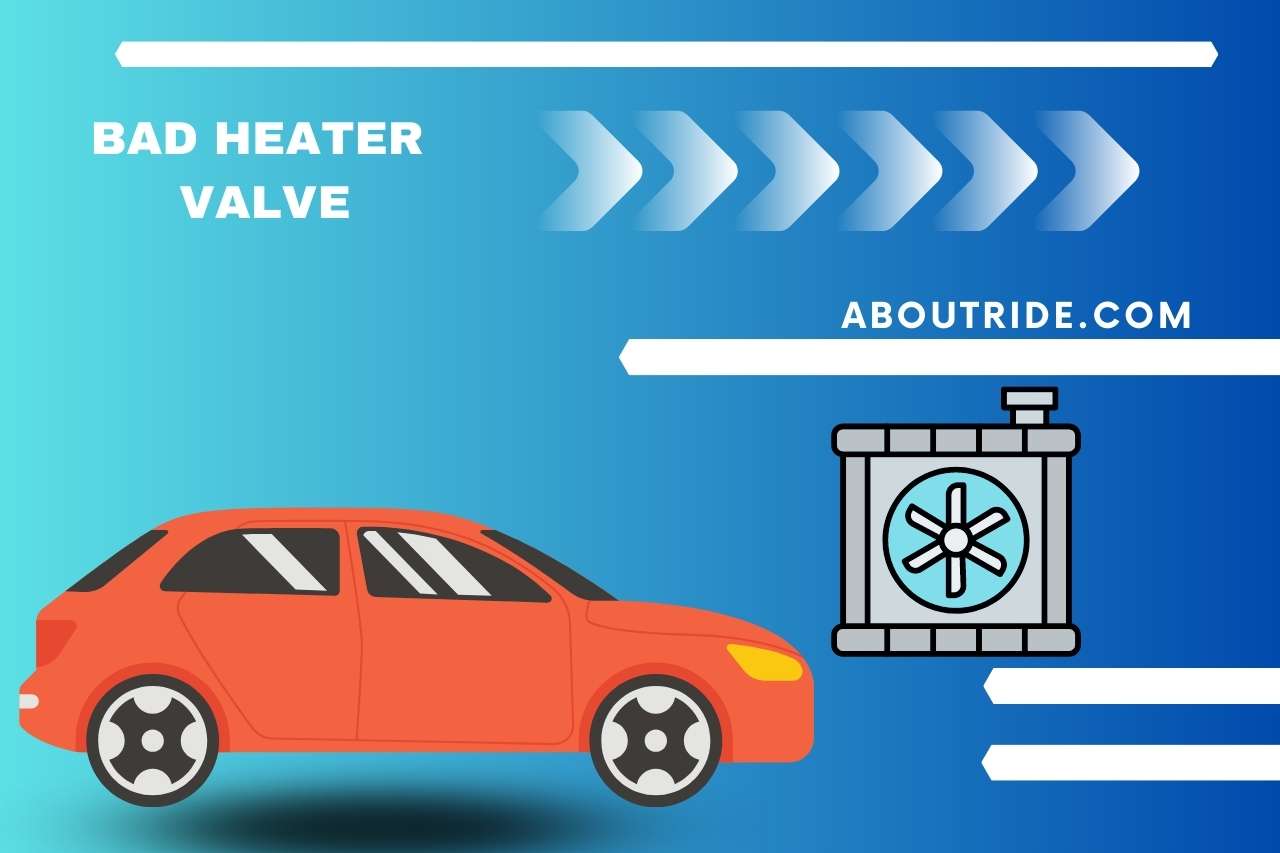For many folks, there isn’t a season that goes by without technical difficulty. One of the scariest situations is when your vehicle’s heating fails to function correctly in winter. You come to a standstill in your automobile on a chilly day, and the warmth in your interior quickly transforms into an ice blow. It is a regular and frequently baffling occurrence whenever your heater only works when driving.
This problem is unpleasant, annoying, and potentially hazardous based on how chilly it is outside. This guide will explain why your vehicle heater only works when you’re moving and everything you could do regarding it this winter to remain comfortable.
Read more about every possible problem and how to address it…
The source of the problem, like with any technical issue, might be found in a multitude of areas. You’ll require a basic comprehension of how your vehicle’s heating equipment functions to determine what’s triggering it.
It’s critical to focus on a precise checklist so you would begin going through it. Like any mechanical task, ensure sure you’ve got gear and supplies. Let’s look at why the heater only works when driving.
The Heater Only Works When Driving?
The heater in your automobile functions in tandem with the coolant mechanism in your engine. Several difficulties with inconsistent cabin heat could get brought directly to cooling issues. If your vehicle heater only works when driving, the following things might be a barrier.
Low Coolant
Coolant regulates the degree of the powertrain and the circulation of heated air into the compartment simultaneously. Whenever your engine operates, Engine creates a lot of warmth, which coolant assists in gathering by sending it to your car’s radiator for conditioning.
Suppose your vehicle’s coolant is insufficient, and the heater switches on. In that scenario, you may discover that the heating system mainly functions when moving. Several parts in your vehicle depend on a correctly working cooling mechanism, and no heating at idling indicates anything is amiss. The initial step you must perform in this situation is inspecting your coolant concentration.
Never uncover a cooling mechanism that seems to be heated or under pressure. It might end in physical harm. Please consult your owner’s handbook for information on how to examine coolant concentrations or pay an expert to perform it for you. Inadequate coolant concentrations could be produced by various
Faulty Thermostat
Another typical cause of this issue is a broken thermostat within your system that stays unlocked. The thermostat must guarantee that fluid gets processed into the radiator. If it’s stuck open, it’s not performing its function correctly.
This defect causes difficulties with the heater, similar to the ones mentioned in this article. You’ll need to change your stuck-opening thermostat to resolve it. To start, verify that your car is completely cool. Then, check for the regulator at the radiator’s foundation.
Disconnect the radiator tubing by putting it in a container and then pulling it out. You may now replace the damaged thermostat with a fresh one. Restore the piping and, if required, refill the coolant reservoir.
The main crucial component of this task is to guarantee that no air enters the mechanism. It might develop into severe issues in the ahead. How Do You Check the Thermostat in Your Vehicle? Begin your vehicle and allow it to operate for 10 mins to check whether that’s the issue.
Then switch it off and thoroughly examine the radiator connections. One hose must be warm, while the other must be cool. If both tubes are warm, your regulator is jammed open.
Air in the System
The heating system is most probably air-locked if your vehicle’s insufficient coolant capacity. Air penetrates the system whenever the coolant supply falls below a certain threshold for any cause.
The reality that your heating only functions when the vehicle is running indicates that you have this issue. A coolant mechanism testing kit may get obtained to establish even if there isn’t air in the unit. This issue receives frequently caused by a malfunctioning radiator cover.
This issue can get solved in two ways. You should address the root issue that caused it and also drain the air quickly. A broken radiator cover, insufficient coolant, a system leakage, and other things might all be to fault.
Bad Heater Valve
The second most probable source of the issue is a defective heating valve. The heater control works similarly to a thermostat, except the heating valve allows coolant to travel into the thermal core instead of the radiator. Let your vehicle operate for approximately 10 mins with the heating on to determine the issue.
Afterwards, check for the heating valve. Heating valve usually’s situated underneath the drivetrain on the firewall. Handle the tubes on each face of the actuator with caution. The heater regulator gets broken if the engine face line is heated and the heating side tubing is chilly.
Radiator Leak
A leakage might trigger many of the issues stated above under one of your radiator’s components. It can cause heating problems, including air blockage and other severe repercussions of insufficient coolant.
Inspect for coolant leakage around the radiator, especially where the tubes connect. The approach to this issue is dependent on the origin of the leakage. If your heating element has a fracture or other deterioration, you will most probably have to fix or change it.
The fix is simple if the leakage originates from the hose’s tip. Gently adjust the clasp that keeps the line in position, and the issue must get rectified.
Bottom Line
It might be challenging to determine the source of any automotive problem. Since various factors might produce your heating problem, it’s essential to understand what these are and how to identify them.
Depending on your automobile’s operation and what you observe, you may work your way down the list. Whatever the underlying cause of the failure, be cautious and remain safe!
Here’s An Interesting Video,
VIDEO CREDITS: RB The Mechanic YouTube Channel
Recommended for You: Similar Articles to Explore

